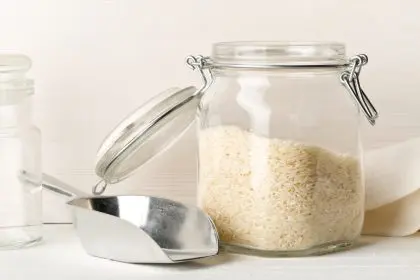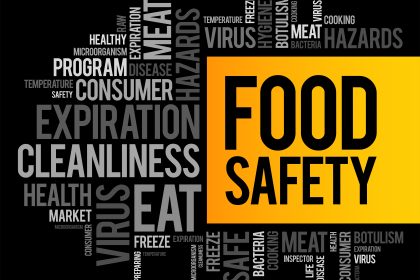That roll of aluminum foil in your kitchen drawer might not be as innocent as you think. While it’s been a cooking companion for decades, scientists are discovering some uncomfortable truths about what happens when we heat our food in this common material.
The science behind the concern
Here’s what’s actually happening when you wrap your food in foil: tiny amounts of aluminum can transfer into your meals, especially when cooking acidic foods like tomatoes or citrus. A recent Food Science & Nutrition study found that marinated fish cooked in foil showed aluminum levels up to 40 times higher than normal. That’s enough to make anyone pause before reaching for the roll.
Breaking down the numbers
The average American adult consumes about 7 to 9 mg of aluminum daily through food alone, according to the CDC. While this might sound alarming, your body is designed to handle some aluminum exposure. The World Health Organization sets the safe weekly intake at 2 mg per kg of body weight, which most people don’t exceed through normal cooking.
Who needs to be extra careful
Not everyone processes aluminum the same way. If you have kidney issues or cook for young children, you’ll want to pay special attention. These groups may have trouble filtering out excess aluminum, making them more vulnerable to potential health effects.
The potential health impacts
While most healthy adults can handle normal aluminum exposure, some concerns warrant attention. Scientists have noted several possible health effects:
First, high aluminum levels might interfere with your body’s ability to absorb essential nutrients like calcium and iron. Think of it as a traffic jam in your digestive system – when aluminum blocks the way, good nutrients can’t get through.
Second, there’s the kidney connection. For people with kidney problems, aluminum can build up in the body because their natural filtering system isn’t working at full capacity.
Third, some researchers have suggested a possible link between aluminum exposure and Alzheimer’s disease, though this connection remains under investigation.
Smart alternatives for safer cooking
Ready to make some changes? Here are your best options for aluminum-free cooking:
Parchment paper stands as your first line of defense, handling temperatures up to 450°F without any chemical leaching. Silicone baking mats offer another modern solution, providing a reusable, non-toxic cooking surface.
For the adventurous cook, natural alternatives like corn husks, grape leaves, or banana leaves can add exciting flavors while keeping your food safe. And don’t forget about classic glass and porcelain cookware – they might cost more upfront but offer peace of mind.
Playing it safe with foil
If you’re not ready to give up aluminum foil entirely, here’s how to minimize risks:
Skip the acid. Avoid cooking acidic foods in foil, as these ingredients significantly increase aluminum transfer. Keep cooking times short and temperatures moderate, staying below 400°F when possible.
Try the double-wrap method: place a layer of parchment paper between your food and the foil. This simple trick creates a protective barrier while still giving you the convenience of foil.
The future of cooking safety
As we learn more about food safety and cooking materials, it’s clear that being informed helps us make better choices in the kitchen. While aluminum foil isn’t necessarily dangerous for everyone, understanding its potential risks allows us to use it more wisely.
Making informed choices
Remember, cooking safety isn’t about panic – it’s about making informed decisions that work for your lifestyle. Whether you choose to eliminate aluminum foil or simply use it more carefully, knowing the facts helps you protect your health while still enjoying your favorite cooking methods.

















